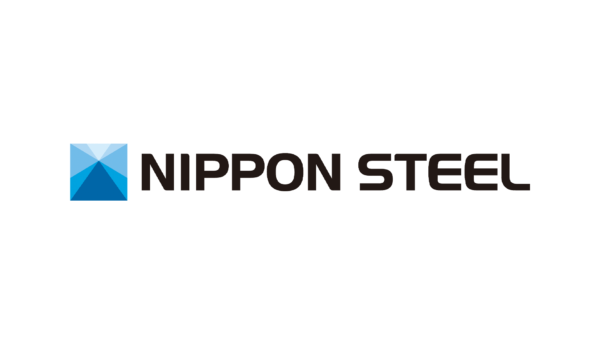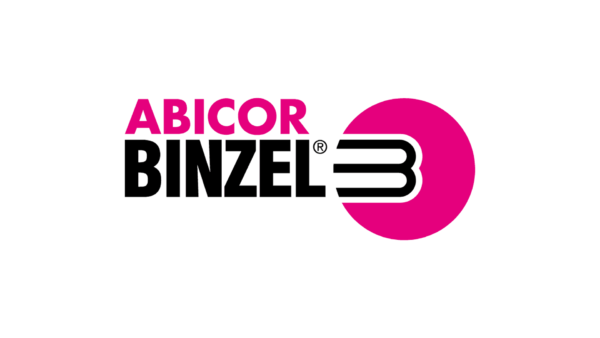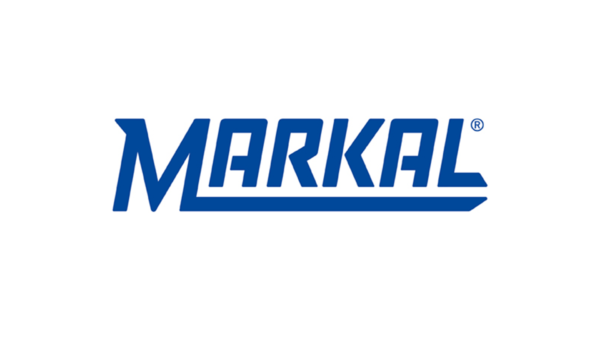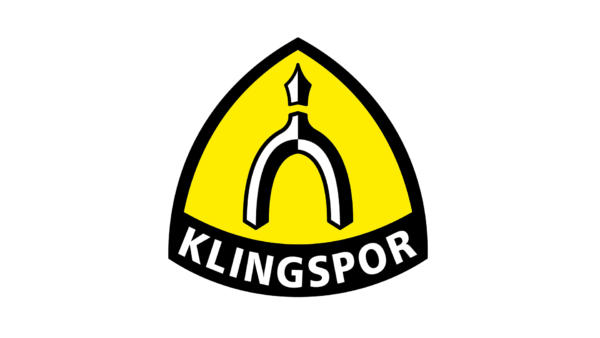The GOLDEN RULE for minimising the cost of making a weld:
Deposit the minimum amount of the highest quality weld metal with the largest gauge electrode or wire at the highest current in the shortest possible time.
The Pros and Cons of Using a Larger Diameter Welding Wire
Although hard to achieve in practice due to heat input limits, welder skill level, access, equipment constraints, etc, this golden rule should be kept in mind whenever assessing ways to improve welding efficiency.
Increasing the diameter of the welding wire can improve deposition rates and travel speeds, particularly in structural steel and heavy fabrication welding. The faster travel speed can negate the higher heat input in single passes and also reduce the number of passes needed to fill joints on thick material. Fewer passes at higher travel speeds lower the risk of heat distortion compared to repeated multi-passes at lower currents. The higher amperage often ensures better fusion of weld material as well. This is not appropriate for welding thinner materials, however, where the higher amperage will result in burn-through.
Smaller diameter wires, 1.2mm and less, are commonly used because they require less amperage and the weld pool is easier to control, both factors which are easier for the operator. They are usually preferred for out-of-position welding, resulting in better control of the fluid weld pool, especially in the vertical up position. However, flux cored wires are more controllable than solid wire in out-of-position work and 1.4mm diameter flux cored wires can also be used successfully out-of-position.
Further Enhancing Welding Efficiency
For even greater gains, there are select metal cored wires which can be run out-of-position (check the manufacturer’s recommendations). Metal cored wires have greater weld efficiency (faster, less clean up, etc) than flux cored wires. These wires take less energy to melt than solid steel wires, have improved fusion, a well controlled weld puddle when run with the right machine, and provide a wider arc cone that results in better gap bridging.
In our experience, a skilled welder using a 400amp + power source can learn to control the arc and weld pool created by a 1.4mm diameter flux cored welding wire or metal cored welding wire relatively quickly. Using a water cooled gun will minimise the effect of increased heat for the operator and will increase consumable life.
The Verdict: Larger Diameter Welding Wire Wins Out
Whether simply changing wire size or switching wire type as well as size, the time and energy to make the conversion, possible costs (if new weld procedures are required) may be off-putting. However, this one change could save countless hours and improve weld quality. We believe that the initial cons are far outweighed by the long-term pros.
Given that labour is the single largest cost in any welding operation – usually 80%+ – the potential productivity improvement from using a larger diameter wire, reducing cost and speeding up throughput, will easily outweigh the effort and expense of the conversion. If you wish to discuss options for your workshop operation, contact us for a free assessment on 09 634 1949 or use the form below.













